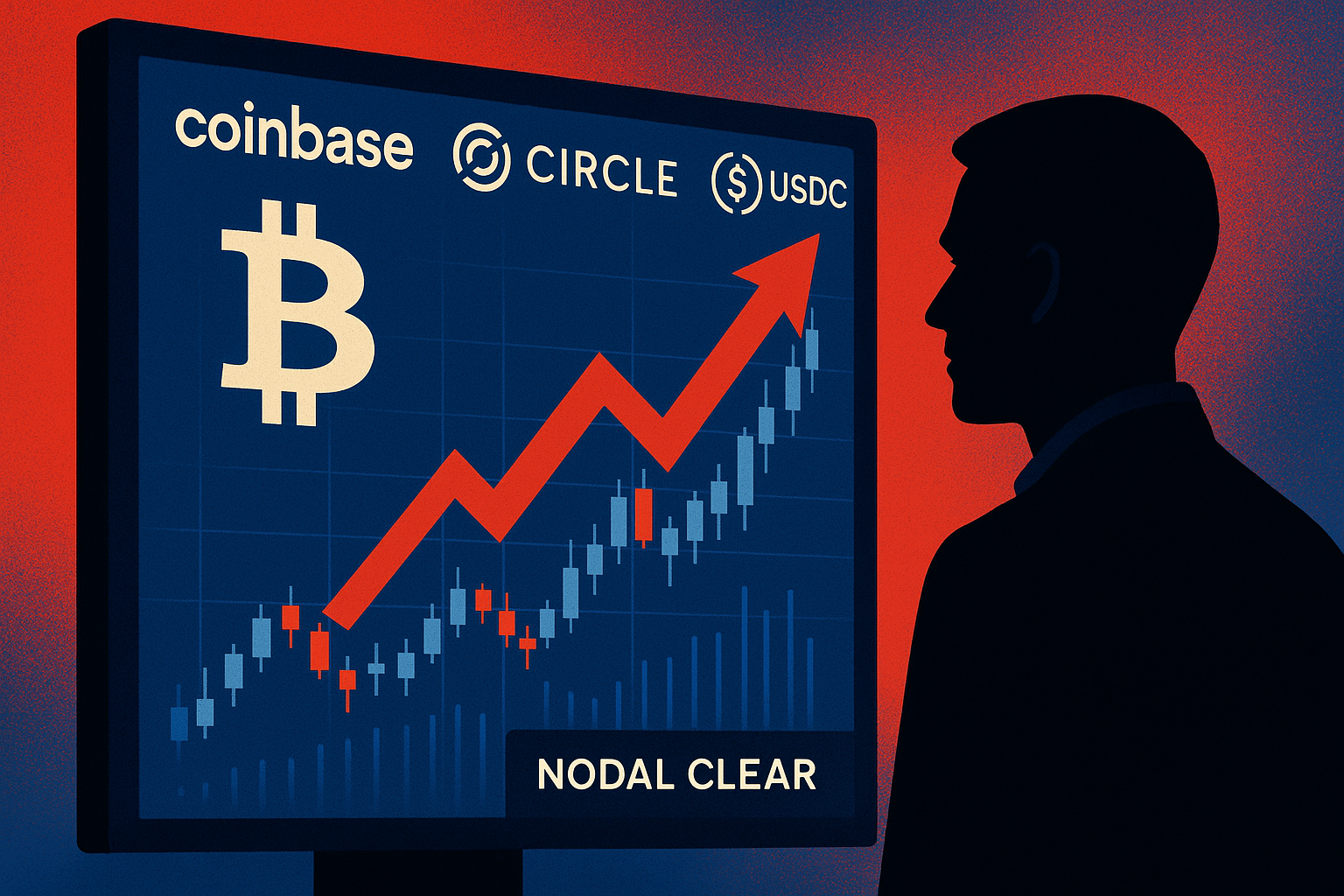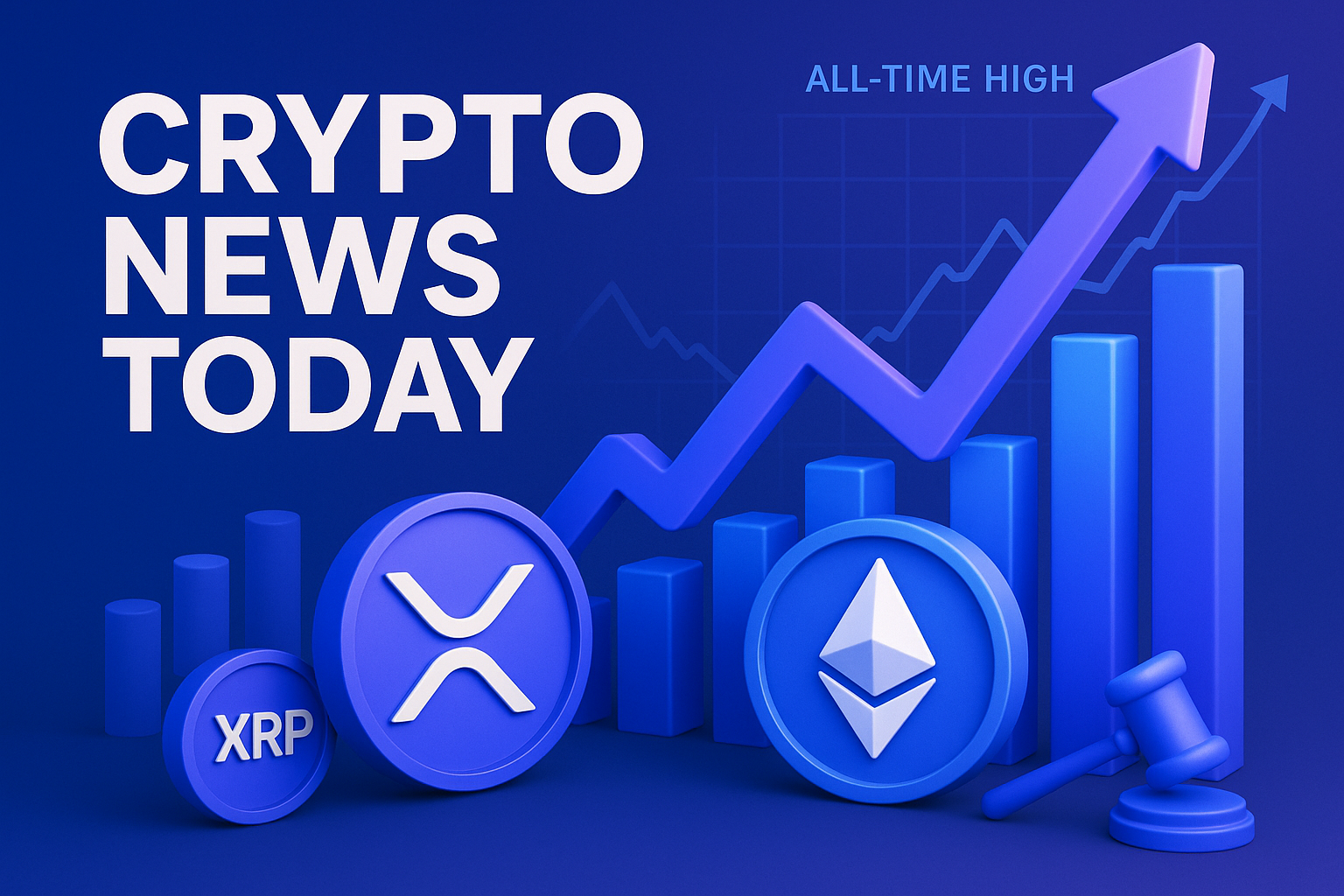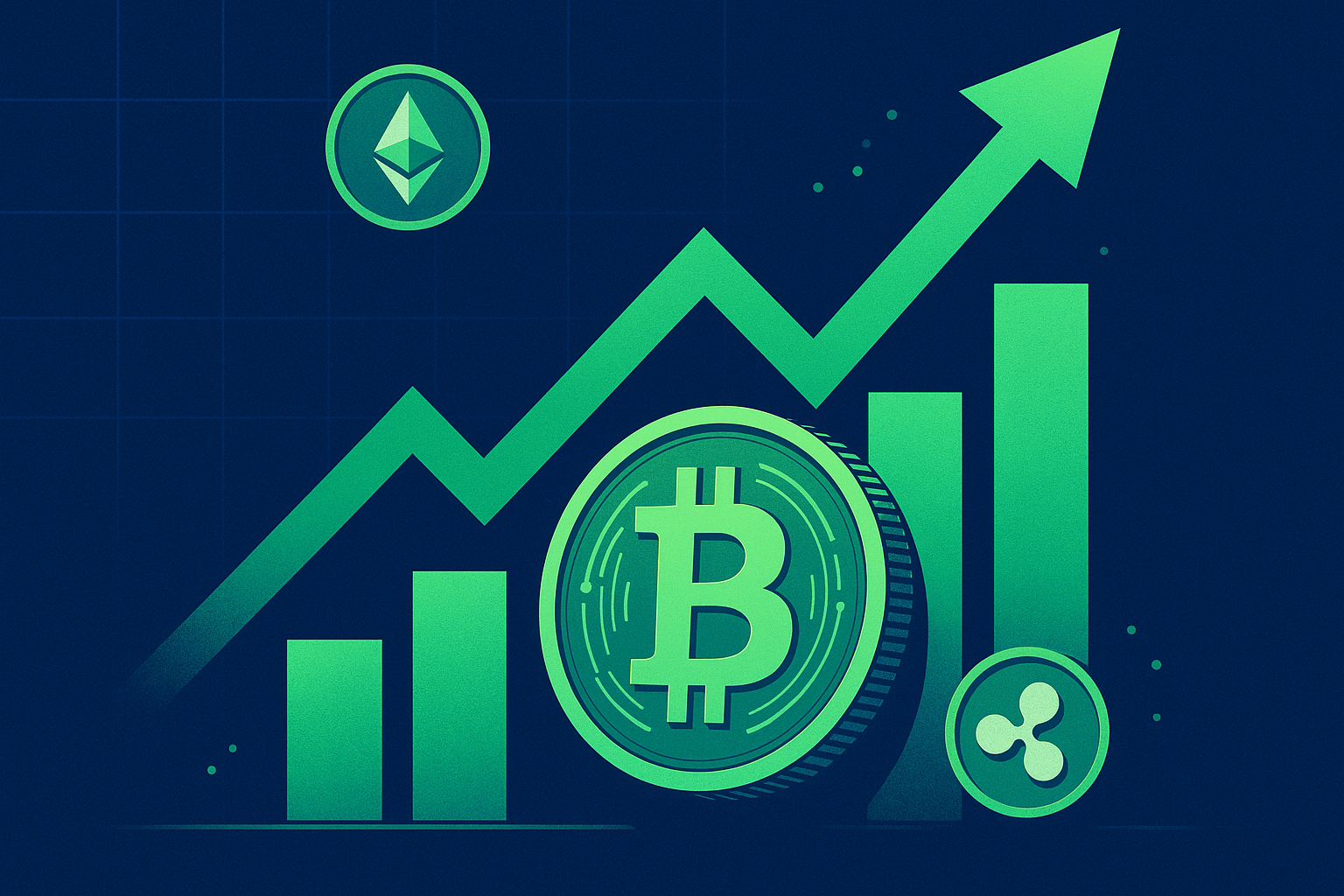I remember the first time someone tried to post a stablecoin as collateral. It was spring 2014 on Bitfinex, back when BTC was hovering around $450 after Mt. Gox imploded, and the idea felt downright radical. We all thought Tether—then just a scrappy ‘Realcoin’ pilot—might solve the liquidity crunch for margin traders. Fast-forward nearly a decade, a couple of boom-bust cycles, and one very public Terra collapse later, and I’m watching Coinbase announce that Circle’s USDC will become acceptable collateral on its regulated U.S. futures venue. Honestly, I’m surprised this didn’t happen sooner.
Here’s What Actually Happened
On Wednesday, Coinbase said it’s teaming up with Nodal Clear, a longstanding Derivatives Clearing Organization (DCO) that usually clears electricity and environmental contracts, to wrap USDC in a fully CFTC-approved risk framework. Coinbase Derivatives, LLC—the exchange’s Designated Contract Market (DCM)—will let traders post USDC instead of cash for margin on bitcoin and ether micro futures. From what I’m hearing, the integration is slated for Q4 2023, pending the final green light.
Couple of quick stats so we’re all anchored: USDC’s market cap sits at roughly $25.9 billion today—down from the $56 billion peak we saw in June ’22 but still the second-largest stablecoin by a mile. Nodal Clear, for its part, has been around since 2015 and has cleared over $30 billion in notional energy contracts. This isn’t some fly-by-night offshore shop.
Why I’m Both Excited and Cautious
I’ve lived through every margin innovation since BTC-e’s 3× leverage in 2013. Each leap forward came with its own blow-ups: OKCoin’s socialized losses in 2015, BitMEX’s infamous 2020 ‘Black Thursday’ auto-deleveraging, and, of course, FTX collateralizing everything with FTT. So when I hear “stablecoin collateral” inside a CFTC-supervised structure, my gut reaction is a mix of “finally” and “please don’t screw this up.”
The upside is obvious. If you’re an active trader, tying up stale USD in a bank account is dead capital. Post USDC, earn a yield in DeFi over the weekend, then yank it back on Sunday night to top up margin—24/7 flexibility we couldn’t dream of in TradFi. Coinbase’s Brian Armstrong even teased in a recent Spaces that he wants to see “collateral mobility measured in minutes, not settlement windows.” This move is a tangible step toward that vision.
What keeps me up at night? The cash-to-crypto liquidity drills. Remember March 2023 when Silicon Valley Bank collapsed and USDC de-pegged to 88 cents for a hot minute? That was under normal spot-market stress, not futures liquidations triggering a waterfall. Nodal’s risk team swears they’ll hair-cut USDC appropriately—I’ve heard anywhere from 4% to 8% initial margin discount—but until we see an actual stress test, it’s theory.
A Quick Flashback to 2017
Back in the ICO mania days, a handful of us tried to convince CME to take crypto as margin. We were laughed out of the room. The head of risk literally asked, “What’s gas?” Now CME clears a billion dollars in BTC contracts daily. Point is, incumbents eventually move, but always two cycles late. Coinbase is beating them to the punch by piggy-backing on Nodal’s clearing license instead of waiting for the CME to bless stablecoins.
What This Means for Everyday Traders
If you’re running a modest strategy—say you’re short a couple of ETH micro contracts to hedge the junk you bought at $2,100—USDC collateral means you don’t have to wire fresh dollars to Coinbase Prime. Transfer from your self-custody wallet, prove on-chain reserves in seconds, and voilà: margin credited. It feels a bit like what dYdX promised in 2021, only now it’s fully onshore and CFTC-regulated.
Institutional desks are quietly thrilled. Chatting with a risk manager at Galaxy last night, he told me they’ve been modeling USDC collateral efficiency at 15-20% lower capital usage relative to cash because they can rehypothecate the stablecoin for short-term repo. When hedge funds can squeeze a few extra basis points, liquidity follows.
But Wait, Didn’t We Learn Anything from the FTX Fiasco?
We did, sort of. The big lesson was don’t use your own token as collateral. USDC isn’t Coinbase’s plaything; it’s run by Circle with monthly attestations from Deloitte. Even so, the Circle-Coinbase relationship is tight—Coinbase owns a strategic stake—so independence is not absolute. I’m not entirely sure how the optics play out the next time USDC loses its peg by a penny. Expect Twitter spaces with Nic Carter, Frances Coppola, and half of Crypto Twitter screaming “systemic risk!” before you can blink.
Regulatory Optics and 2024 Elections
Remember, we’re in the thick of an SEC v. Coinbase soap opera. By aligning with a CFTC-regulated DCO, Coinbase is effectively saying, “Look, Gary, we can play by the rules.” It’s a smart chess move heading into an election year where crypto lobby money is flowing faster than politicians can issue subpoenas. Keep an eye on Senators Lummis and Gillibrand; they’ll tout this as proof that stablecoins can sit inside the existing derivatives stack without blowing up the financial system.
A Tangential Thought on Yield
If USDC collateral becomes ubiquitous, don’t be shocked to see USD coin repo desks crop up—think the tri-party repo market but running on Fireblocks rails. That unlocks a risk-free rate for stablecoins beyond the current Coinbase Rewards program, which pays a modest 2%. You’ll start to see basis trades where funds borrow USDC at 1.5% and post it as 100%-credited margin. The spreads won’t last, but early birds will feast.
Potential Roadblocks No One’s Talking About
- Intraday Volatility: If USDC briefly de-pegs below 99.5¢ during a liquidation cascade, the margin math gets messy fast.
- Concentration Risk: Circle parks 80% of reserves in short-term T-Bills. A Treasury market hiccup—unlikely but not impossible—ripples straight into futures collateral.
- Banking Rails: If the Fed’s FedNow system hiccups, fiat on-and-off ramps for reserve redemption slow, and arbitrage wobbles.
So, Will This Move the Needle on Price?
I doubt the announcement alone pumps BTC, but tighter collateral loops historically juice derivatives open interest. Recall December 2020: CME upped leverage bands and BTC ran from $19k to $28k in three weeks. If USDC collateral shaves even 5% off capital requirements, we could see a noticeable uptick in perpetual funding rates—and yes, that trickles into spot.
Where We Go from Here
Short term, I expect a trickle of volume as sophisticated desks test the pipes. By Q1 2024, if nothing breaks, Coinbase will likely push for larger contract sizes—maybe a 1-BTC contract instead of micros—and lobby Nodal to expand collateral to other regulated stablecoins like Paxos’s USDP. Don’t hold your breath for Tether; Washington still treats USDT like Voldemort.
If you were around in 2019 shouting for a ‘crypto prime brokerage,’ this is the closest thing we’ve got on U.S. soil right now.
Why This Matters for Your Portfolio
If you’re pure spot, you probably think derivatives are a degenerate casino. I get it. But healthy, efficient futures markets drastically reduce spot slippage and create price discovery you can actually trust. Every step toward safer margining brings more institutions, which stabilizes liquidity. In other words, fewer 3 a.m. flash crashes that wreck your stop orders.
The Community Take
I polled a Telegram group of OG traders—folks who survived the 2018 carnage—and the consensus is cautiously optimistic. One veteran put it perfectly: “It’s not the second coming of CME bitcoin futures, but it’s the first time a U.S. exchange lets me margin size without wiring JPMorgan.” That about sums it up for me. We’ll watch, we’ll test, and we’ll be ready to pounce if the spreads get juicy.
Until then, stay nimble, keep some dry powder in a hardware wallet, and remember: collateral innovations are great… until the market actually tests them.



